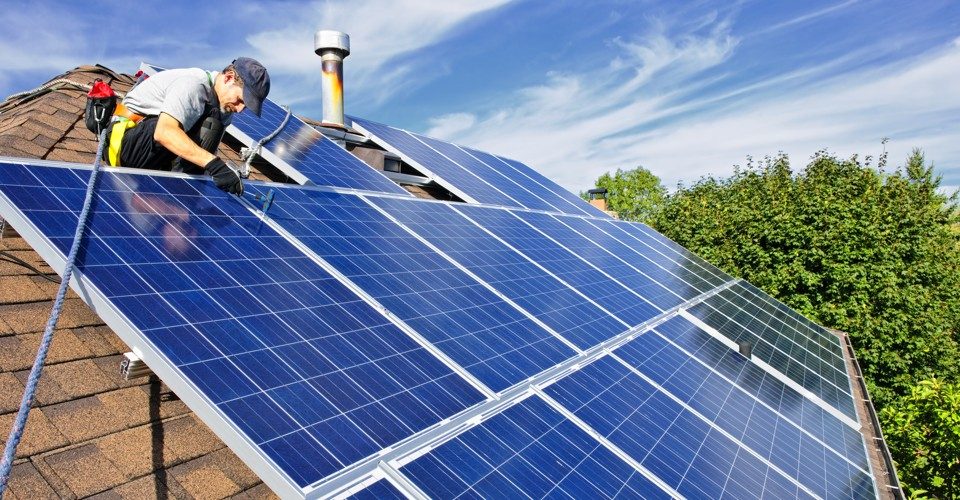Consider solar if you have a high utility bill, live in a prime location and qualify for tax breaks or other savings.
The rising cost of electricity from traditional sources, paired with the declining cost of solar panels and systems over the last several years, makes solar installation seem like a no-brainer for many homeowners.
But the true cost of solar panels, and whether they’ll help you save money, depends on a few key factors. Before you make the leap, learn how your electric bill, location and incentives can impact your wallet over time.
Review your electric bill
Solar panels generate their own power and can therefore greatly, if not entirely, offset your monthly electricity bill. The higher your bill, the more likely you’ll benefit from switching. But you should note that electricity rates and usage — the main charges on your statement — are volatile.
“If a utility’s electricity prices fluctuate, so could the amount of savings,” says Garrett Nilsen, a program manager at the U.S. Department of Energy’s solar energy technologies office. “Similarly, if energy consumption changes, the amount of savings can also vary.”
Location largely affects electricity rates. The national average is 12.95 cents per kilowatt-hour, according to 2017 data from the U.S. Energy Information Administration.
Evaluate your sunlight exposure
More sun means more energy produced and a greater potential to save with solar. Certain states, like Arizona and California, average more sunlight hours per day.
Your home’s orientation toward the sun, the amount of shade and its roof type also affect a solar system’s output. You can estimate the efficiency of panels in your area by using the Solar-Estimate calculator. Enter your address, utility provider and the average cost of your monthly energy bill.
Estimate residential solar panel cost
Solar panels aren’t cheap: with installation, an average residential 5kW size system runs between $3 and $5 per watt, or $15,000 to $25,000, before tax credits and incentives, according to the Center for Sustainable Energy.
But minimal long-term expenses can make up for the upfront costs. “Most systems don’t require much maintenance and are designed to last for 20 years or more with little change to the amount of electricity produced,” Nilsen says.

